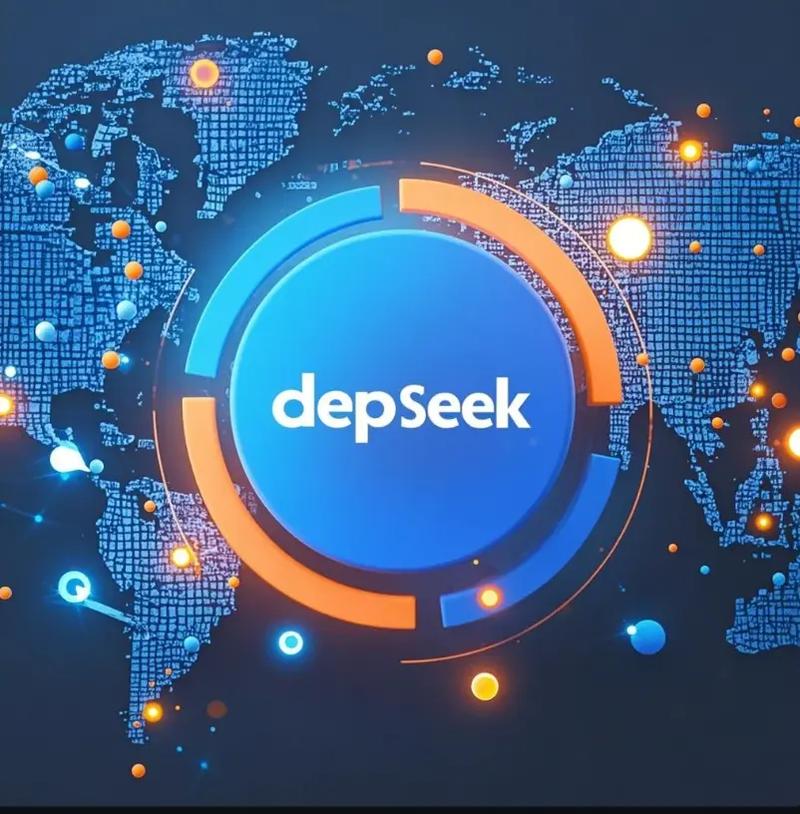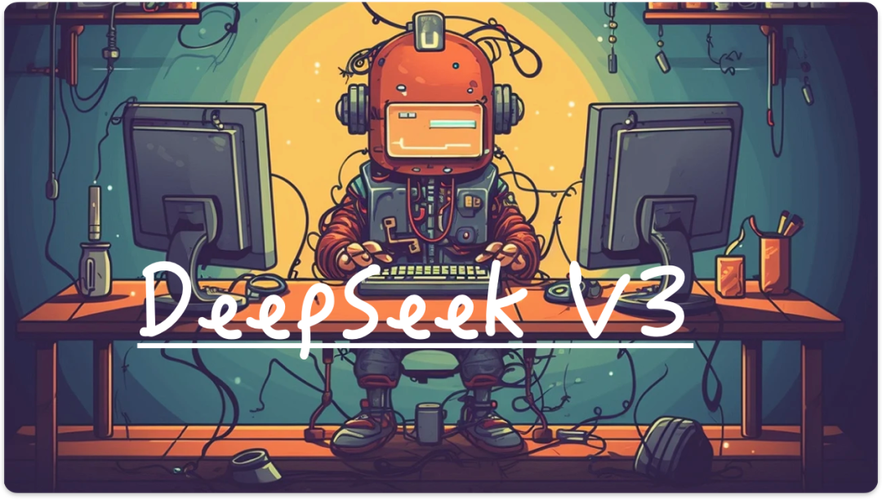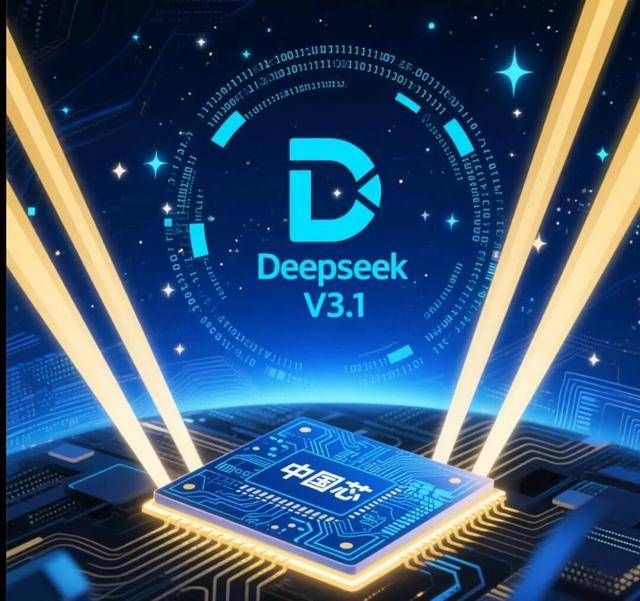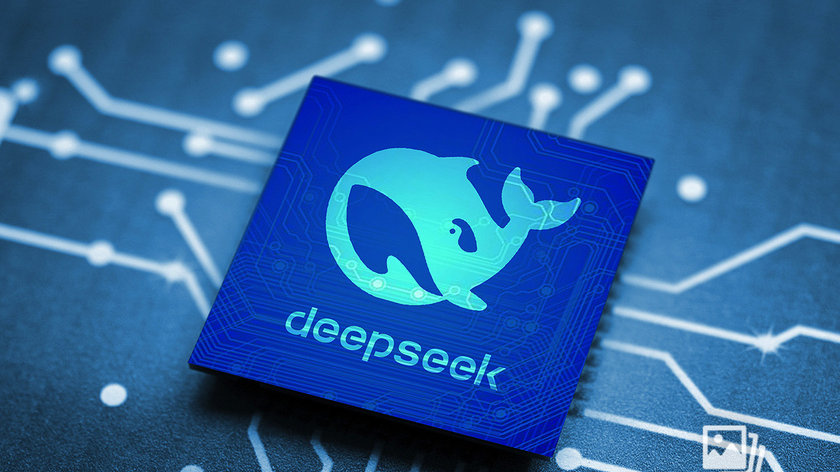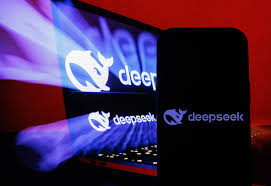DeepSeek AI Is Sending Your Data to China? Myths, Facts, and a Full Security Breakdown
Introduction
In the fast-evolving world of artificial intelligence, the question of data privacy has never been more critical. As new large language models (LLMs) like DeepSeek AI rise in prominence—particularly those developed outside the Western ecosystem—concerns around data security, sovereignty, and potential surveillance have taken center stage.
DeepSeek's models are described as "open weight," meaning the exact parameters are openly shared, although certain usage conditions differ from typical open-source software.[17][18] The company reportedly recruits AI researchers from top Chinese universities[15] and also hires from outside traditional computer science fields to broaden its models' knowledge and capabilities.[12]
One of the most controversial claims circulating online today is:
“DeepSeek AI is secretly sending user data back to China.”
This assertion, while alarming, deserves a clear-eyed, evidence-based examination. In this article, we’ll break down:
-
What DeepSeek AI is and how it works
-
The origins of this data-leak claim
-
What we know about DeepSeek’s architecture and telemetry
-
How local inference models operate
-
Legal frameworks in China and their relevance
-
Cybersecurity implications and best practices for users
-
Comparisons with OpenAI, Google, and Anthropic
-
Final thoughts on whether this fear is fact or fiction
Table of Contents
-
What is DeepSeek AI?
-
Why the Data Privacy Panic?
-
The Claim: “Sending Data to China”
-
Open-Source vs Closed-Source: Big Difference
-
DeepSeek's Model Hosting: Local vs Cloud
-
How Local LLMs Handle Your Data
-
What Happens When You Use DeepSeek in a Browser
-
Does DeepSeek Use Telemetry?
-
Legal Context: China’s Data Laws
-
Does the Chinese Government Have Access?
-
International Comparisons (OpenAI, Meta, Google)
-
Security Risks with Any LLM
-
Best Practices for Safe LLM Usage
-
How to Use DeepSeek Offline
-
Technical Audit Possibilities
-
Transparency Reports and Open Weights
-
Who Should Be Concerned?
-
Are These Fears Rooted in Politics or Reality?
-
Future of Global AI Trust
-
Final Thoughts
1. What is DeepSeek AI?
DeepSeek AI is a powerful open-weight large language model developed by a Chinese research team. Its architecture includes:
-
Mixture-of-Experts (MoE)
-
Local-friendly quantized formats (GGUF, GPTQ)
-
Special models like DeepSeek-Coder for developers
-
Performance competitive with GPT-4 and Claude 3
What makes DeepSeek unique is its open model weights, allowing anyone to download and run the models locally, without needing to connect to external servers.
2. Why the Data Privacy Panic?
When any major AI model emerges from China, concerns naturally arise in Western communities about:
-
Censorship
-
Surveillance
-
Geopolitical tensions
-
National security
For DeepSeek, these fears were amplified by:
-
Lack of transparency from some Chinese tech companies
-
Misunderstanding about how LLMs work
-
Misinformation spread on platforms like X (Twitter), YouTube, and Reddit
3. The Claim: “Sending Data to China”
This claim typically refers to the idea that:
“When you run DeepSeek locally or through online demos, your prompts or usage data are being sent back to servers located in China.”
Let’s examine that across different use cases.
4. Open-Source vs Closed-Source: Big Difference
DeepSeek’s base models (like DeepSeek-Coder 6.7B) are:
-
Open weights
-
Run locally via GGUF or GPTQ
-
No API keys required
-
No external server needed
This is very different from cloud-only models like OpenAI’s GPT-4, which must connect to remote servers for every interaction.
If you use DeepSeek offline, your data doesn’t go anywhere.
5. DeepSeek’s Model Hosting: Local vs Cloud
There are two main usage types:
| Type | Privacy Level | Risk of Data Export |
|---|---|---|
| Local (LM Studio, Ollama, etc.) | High | ❌ No |
| Online Demos (HuggingFace, Playgrounds) | Moderate | ⚠️ Possible (3rd-party logs) |
If you’re running DeepSeek on your own machine, with no internet calls, then the model is not capable of exfiltrating data.
6. How Local LLMs Handle Your Data
Local models, like DeepSeek run via:
-
LM Studio
-
Text Generation WebUI
-
KoboldAI
-
Ollama
…do not connect to DeepSeek servers. They operate within the RAM and local compute of your machine. Data lives—and dies—on your PC.
7. What Happens When You Use DeepSeek in a Browser
Using DeepSeek via browser demos hosted by:
-
HuggingFace Spaces
-
Third-party cloud services
-
Shared APIs
... introduces uncertainty. These platforms may:
-
Log your input/output
-
Send data to wherever their server is hosted
-
Use cookies or telemetry
That’s not unique to DeepSeek—it applies to any AI model used online.
8. Does DeepSeek Use Telemetry?
If you're downloading model weights and running them offline, the model:
-
Does NOT contain tracking code
-
Does NOT “ping home”
-
Does NOT auto-update or contact servers
Most DeepSeek distributions are pure model files, not apps. They don’t run background services unless you're using a 3rd-party app wrapper.
9. Legal Context: China’s Data Laws
China’s Cybersecurity Law and Data Security Law require domestic companies to:
-
Disclose critical infrastructure data
-
Cooperate with government investigations
-
Maintain data localization within China
However, these rules apply mostly to:
-
Chinese citizens’ data
-
Corporate SaaS apps
-
Services operating within China
They do not automatically mean that an LLM used abroad must send data home.
10. Does the Chinese Government Have Access?
No, not unless:
-
You’re using a cloud-based API run in China
-
You’re voluntarily sending prompts to DeepSeek's infrastructure
-
You’re using a Chinese-hosted proxy or app
If you're running DeepSeek from a GitHub repo or offline tool, China has no access.
11. International Comparisons (OpenAI, Meta, Google)
Ironically, many Western models also collect user data:
-
OpenAI logs every input/output
-
Google Bard stores usage for training
-
Anthropic Claude requires account tracking
So while DeepSeek is under scrutiny, Western AI services are already storing massive data troves.
12. Security Risks with Any LLM
Every LLM carries some risks, such as:
-
Prompt injection
-
Data leakage if run in shared environments
-
Logging by wrappers like browser extensions
-
Exploits via jailbreaking or malware
But these risks are operational, not geopolitical.
13. Best Practices for Safe LLM Usage
-
Run models locally when possible
-
Use open-weight models like DeepSeek-Coder
-
Avoid uploading sensitive data to browser demos
-
Block outbound connections if unsure
-
Use firewall rules to monitor LLM activity
14. How to Use DeepSeek Offline
Option 1: LM Studio (Mac, Windows)
-
Download GGUF DeepSeek model
-
Run locally with no internet
-
Input prompts securely
Option 2: Ollama (Linux, Mac, Windows)
bash ollama pull deepseek-coder ollama run deepseek-coder
No data leaves your machine unless you explicitly send it.
15. Technical Audit Possibilities
DeepSeek's open models can be:
-
Decompiled
-
Analyzed via
stringsornm -
Scanned for outbound calls
So far, audits by independent devs have shown no backdoors or trackers.
16. Transparency Reports and Open Weights
Unlike OpenAI, DeepSeek has:
-
Released weights via HuggingFace
-
No API lock-in
-
No hidden licensing agreements
That adds a layer of transparency—though still not perfect.
17. Who Should Be Concerned?
You might need caution if you:
-
Handle government/military data
-
Work in corporate espionage-prone sectors
-
Use DeepSeek via untrusted websites
-
Are in regulated industries (finance, health, etc.)
18. Are These Fears Rooted in Politics or Reality?
Much of the fear stems from geopolitical narratives, not technical proof. The idea that "China = surveillance" while "Silicon Valley = freedom" is simplistic and outdated.
Both East and West collect data—the key is how you use the model.
19. Future of Global AI Trust
For AI to thrive globally, we need:
-
Transparent development
-
Public audits
-
Cross-border standards (ISO, GDPR, etc.)
-
Tools for local control and sandboxing
DeepSeek’s open architecture is a step in the right direction, not a threat.
20. Final Thoughts
No, DeepSeek AI is not secretly sending your data to China—if you run it locally. If you use it online, treat it with the same caution you would apply to OpenAI, Google, or Meta.
DeepSeek is a powerful tool that reflects a more multipolar AI landscape. Instead of panic, we need education, transparency, and user control.
You are your own best firewall. 🛡️

